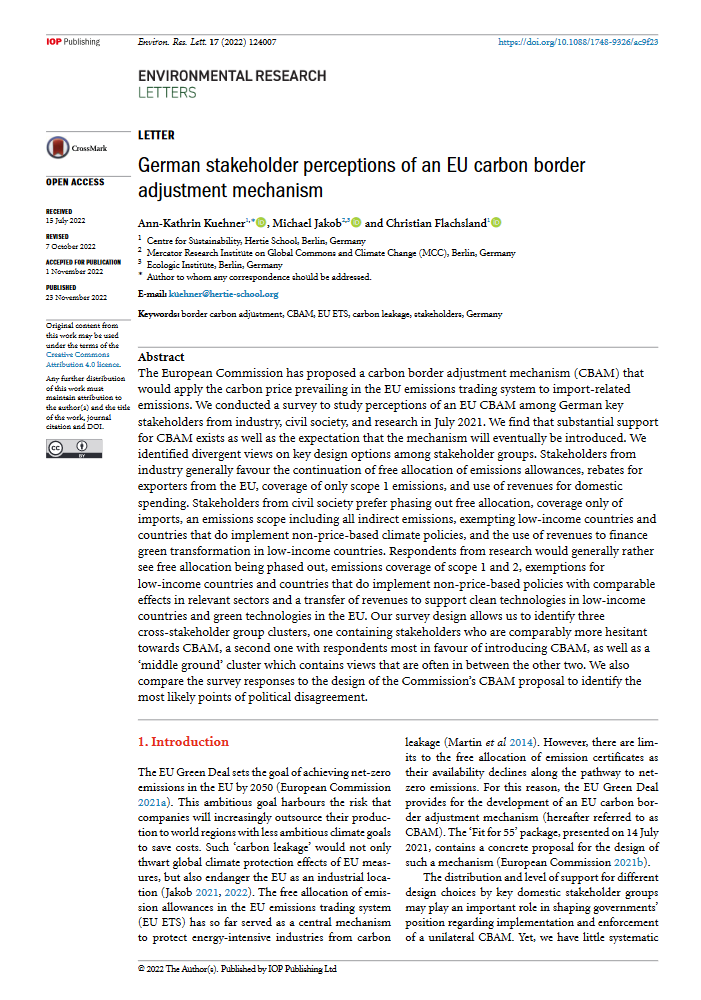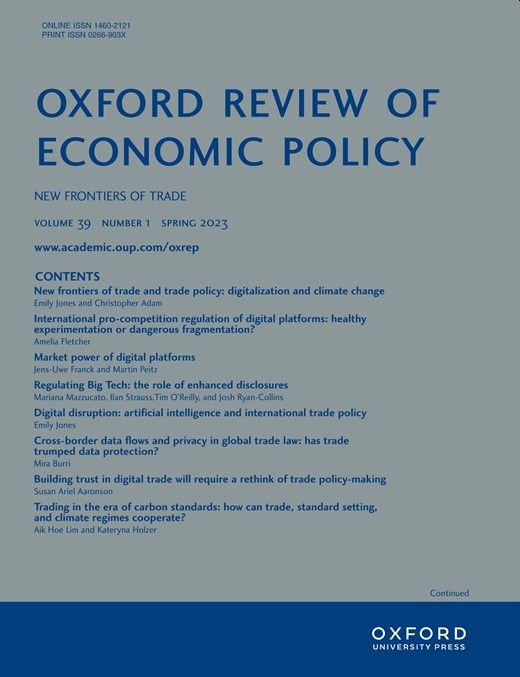Image by Bakhrom Tursunov from Pixabay
In the course of the "European Green Deal", the greenhouse gas emission allowances cap in the European Emissions Trading Scheme (EU-ETS) was tightened in order to achieve the set target of reducing greenhouse gas emissions by 55% compared to 1990 levels by 2030. This leads to a higher risk of relocation of production sites to locations outside the EU ETS (so-called carbon leakage) by energy-intensive industries. The European Green Deal therefore considers a Carbon Border Adjustment Mechanism (CBAM). This mechanism is intended both to counteract the relocation of production sites and to promote the decarbonisation of CO2-intensive industry. The EU Commission presented a regulatory proposal for the introduction of such a mechanism on 14 July 2021. Within the framework of the research project, the possibilities of a CO2 compensation mechanism (CBAM) that is permissible under international, trade and European law is investigated, evaluated and presented. The work was carried out jointly by a consortium consisting of Ecologic Institute, Oeko-Institut and Prof. Dr. Michael Mehling.
The consortium's main areas of focus in the project included:
- Short assessment of the European Commission's proposal on the CBAM: A brief assessment of the Commission's proposal was made and its compatibility with WTO and European law was examined.
- The consideration of carbon footprints in WTO law and the "Process and Production Methods" doctrine: An examination is made of the extent to which the WTO legal position on production processes (process and production methods (PPM)) can contribute to climate protection or should be further developed.






